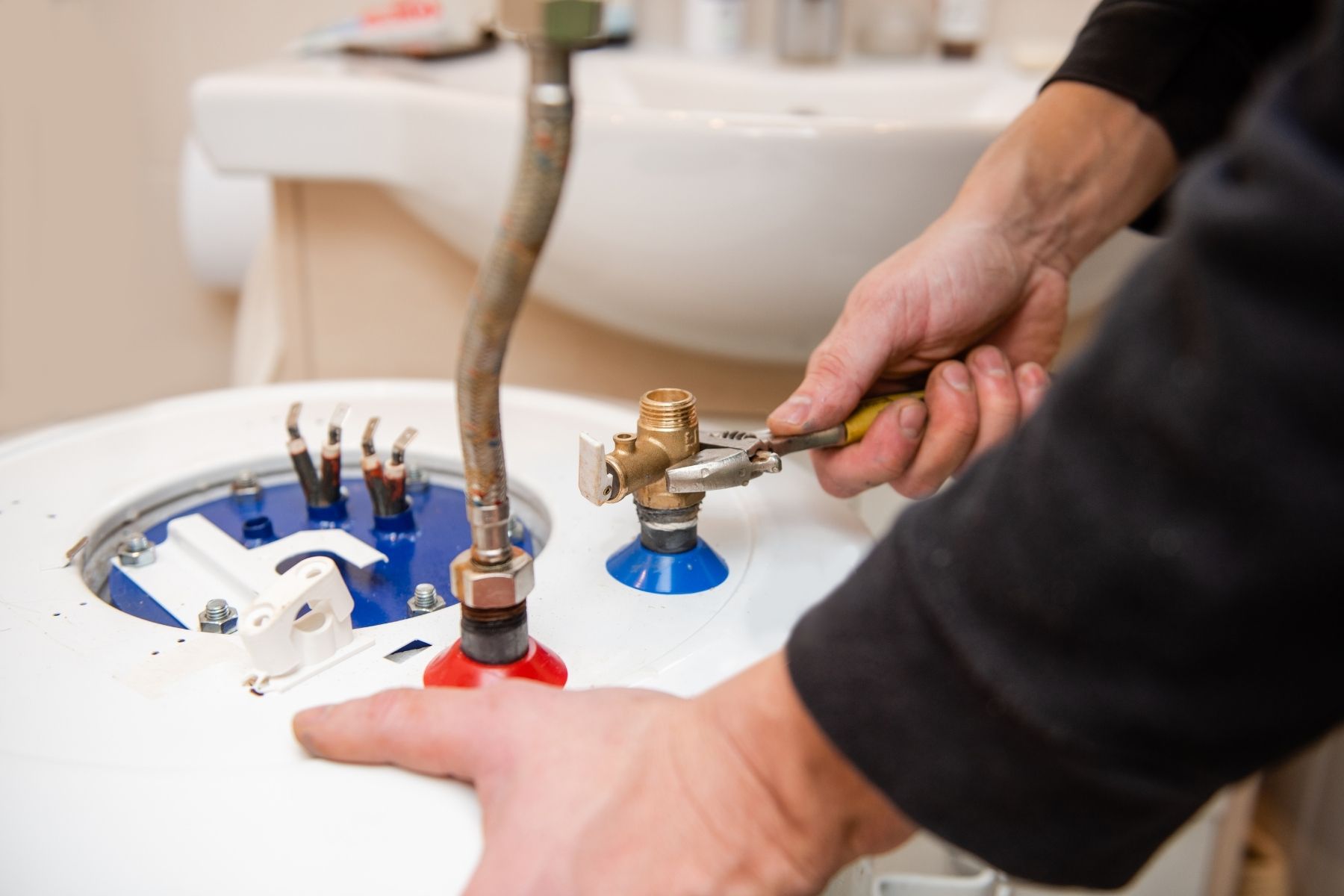Water Heater Maintenance
Have you ever wondered how to flush a water heater? This routine task, while unpleasant, is necessary to clean the debris that has accumulated beneath the tank, which is a major issue if you use hard water on a regular basis. It is much easier to remove debris when it is small rather than allowing it to accumulate, which will reduce the heating efficiency.
Unfortunately, many people believe that water heater tanks are maintenance-free. Most homeowners have never thought about flushing their water heater once a year.
Flushing your water heater on a regular basis, on the other hand, will reduce sediment buildup and other impurities, maintain its efficiency, and extend its life.
It only takes one draining of your water heater to realize how important it is. The water will be very cloudy with little sediment, or it may be dark brown with inches of sediment.
Steps On How To Flush A Water Heater
1. The Most Important Factor Is Safety.
- Before draining the scalding water, make sure all children and pets are out of the area.
- Take the time to locate your main water shut-off valve in case you find yourself in a situation where all water must be turned off. It is typically found near the roadside entrance, basement, or well pump.
2. Turn Off The Cold Water Supply Valve.
- The cut off valve could be a gate valve or a ball valve. You’ll find it on the side of the cold water supply tube. This tube is passed above the tank, and a ball tap valve is attached to the top of it.
3. Switch to ‘Pilot’ on gas heater or turn disconnect to ‘Off’
- This will prevent the electric water heater from being energized and avoid an electric hazard. On a gas water heater, this will prevent the heating element from damage.
5. Install A Garden Hose On The Hose Bib At The Bottom Of The Water Heater.
6. Channel The Hose To A Proper Location
- Termination should be located in an area that has proper drainage away from the home’s foundation.
7. Turn On The Hot Water Tap To Your Tub
- This activity helps to prevent the production of bubbles in the tubes, just like when you close one end of a tube to prevent the water in the tube from pouring out. Install a lengthy line beneath the heater tank to the drainage valve. At the bottom of the heater, it resembles a tap mouth, which is an oval aperture through which water escapes.
8. Turn The Drain Valve To Open To Expel Water From Water Heater
- To aid in the smooth passage of water, try opening the pressure relief valve. This component is located at the very top of the water unit.
- Before you open it, make sure you place a container beneath the discharge pipe to catch any spills. Water will not be able to make a mess on the floor if this item is used.
- Always make sure the water is not too hot when draining, since this might cause the rubber components of the drainage system to melt.
7. Examine The Water After Flushing
- After a few minutes of flushing, drain the water from the heater into a clear bucket and inspect it. If there is no more debris in the bucket’s bottom or in the water, the tank is clean. However, if dirt can still be seen at the top or bottom of the bucket, the flush should be repeated.
9. Finishing Touches on How to Flush a Water Heater
- Detach the tube or pipe and remove the bucket once you’re sure the heater tank is clean. Then close the tap on your tub that you initially opened and turn off the drainpipe valve. You can now turn on the water supply to the heater and allow it to fill up and return to normal pressure.
- Release the relief valve to allow bubbles or air pressure to escape, preventing excessive capillary action when hot and cold water mix. After the bubbles have been released, return the relief valve to its original position and turn on the hot water faucet.
- To avoid melting the plastic, make sure you turn the power back on after replacing the water in the heater.
- Then turn on the water inlet and fill the cold water section, then test both to make sure they function. Check that the hot water is operating at full steam and that the cold water is working properly, then turn on the electricity and turn off the basin tap. Wait around 30 minutes before turning on the tub faucet to see if it’s working properly.
Final Word
If you follow these eight steps for flushing a water heater, you will have a trouble-free experience with your heater. This guide explains the basics of flushing your water heater, whether it’s an electric or gas water heater.
However, try to apply precautions like:
- Turning off the power supply from the circuit box before anything
- Ensure you allow water to cool before removing water from the heater
- Channel the water to the appropriate disposal point.



